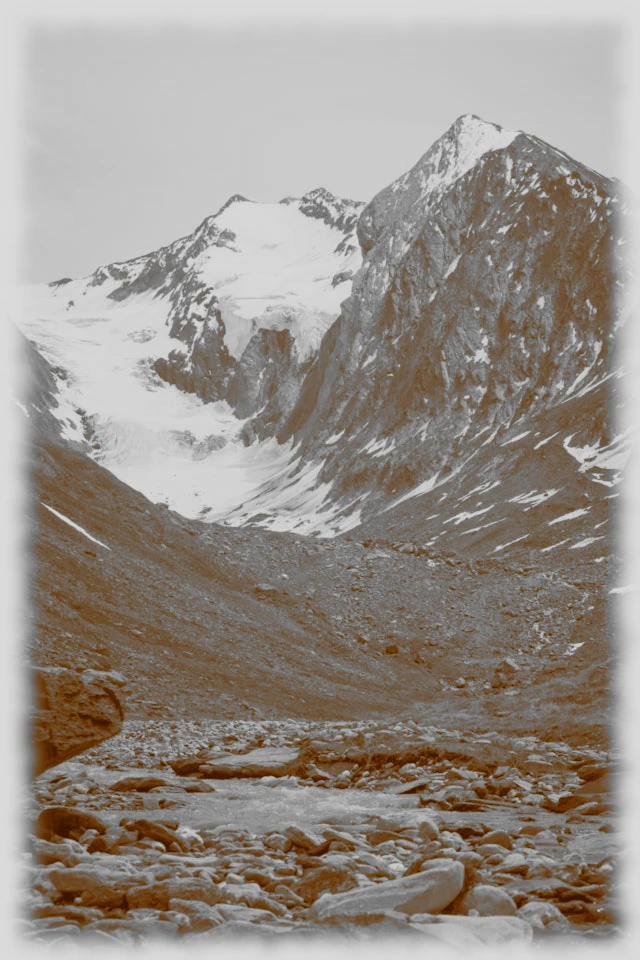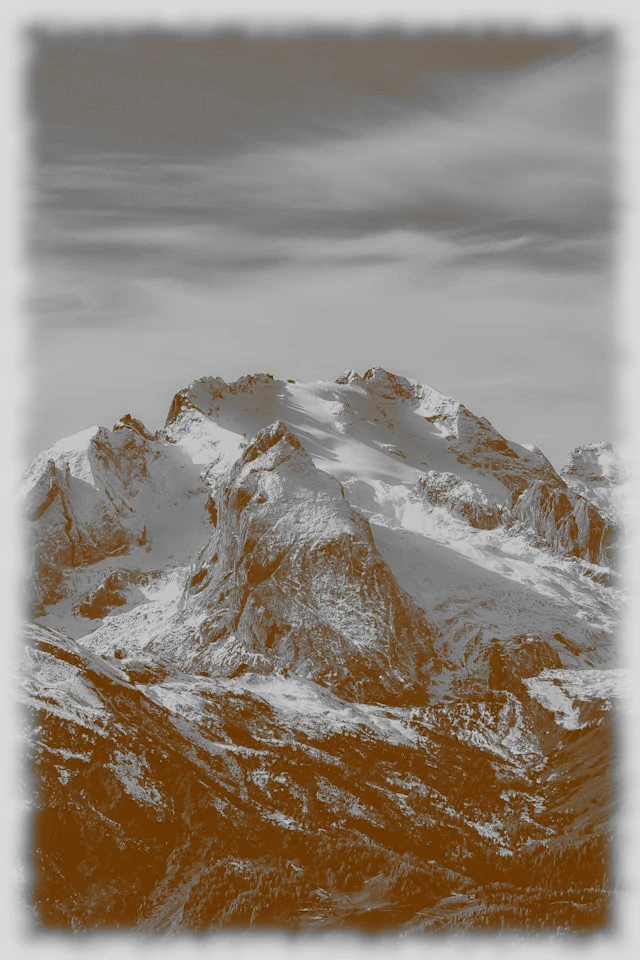- Rosary
- Sorrowful Mysteries
- The Crowning with Thorns
The Crowning with Thorns
The First Station of the Cross
Condemned
Just a reminder how the mystery "The Crowning with Thorns" of the Rosary intertwine with the Stations of the Cross.
Come visit the First Station again to contemplate time with Jesus and Mary in the Passion. Here I offer you multiple location of the first station.
Blue Army Shrine
San Sabastian de Garabandal, Spain
The Prairie, Lourdes
The Espelugues, Lourdes
Via Crucis, Valinhos Sanctuary, Fatima
His fate is sealed, and the path that will lead him to the cross is set. The condemnation of Jesus is a reminder of the human cost of sin and the suffering that Jesus endured for our salvation.
It is also a call to justice and compassion, as we are challenged to stand up for the innocent and to speak out against injustice.
The Crowning with Thorns
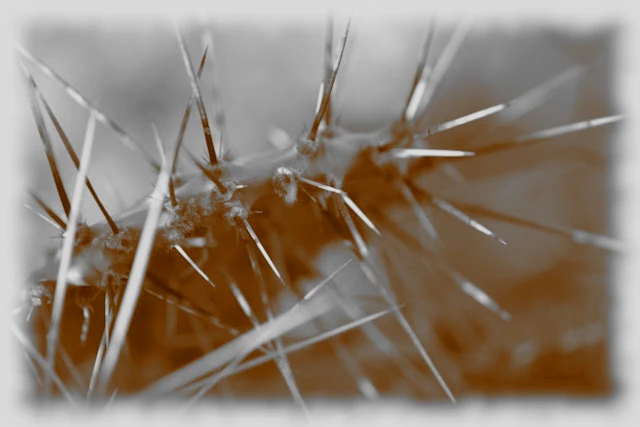
The cold stones of the Praetorium bore silent witness to a harrowing spectacle unlike any other. A man, weary and unremarkable in appearance, was dragged into the center of a jeering crowd. The soldiers, emboldened by their authority, tore his clothing from him and dressed him in the mockery of kingship—a purple robe, heavy not with dignity, but derision.
The crowning with thorns was their cruel masterpiece. Not fashioned of gold or adorned with precious stones, this crown was twisted from thorns, pressed harshly onto his brow. The sharp barbs bit into his flesh, mingling blood with the sweat of human agony. Into his right hand, they placed a reed, a fragile symbol of scornful authority. With grotesque theatrics, they bowed before him, mocking his kingship as they cried, "Hail, King of the Jews!"
Their mockery soon turned to cruelty. They spat upon him, each drop a mark of disdain, and the reed, once a token of ridicule, became an instrument of torment. They struck him on the head, driving the thorns even deeper into his suffering flesh.
Apart from the crowd stood Pilate, a man ensnared by the mob's fervor and his own inner conflict. He called for water, a hollow gesture to wash away his complicity. Addressing the crowd, he proclaimed, “I am innocent of this man’s blood. It is your responsibility.” Yet his words were drowned by the mounting cries of "Crucify him!"
The man was paraded before them once more, his frame draped in the purple robe, the crowning with thorns still cutting into his head. Pilate presented him, saying, "Here is your king." But the declaration only stoked the crowd's rage. "Take him away! Crucify him!" they roared with unrelenting passion.
"Why? What crime has he committed?" Pilate asked, as if reason could quell the chaos. But reason had long abandoned the Praetorium, leaving only the echoes of hatred. "We have no king but Caesar," the chief priests declared, baring their allegiance.
And so, to appease the mob, Pilate relented. The man, battered and bloodied, was handed over. The road ahead led to Golgotha—a path forged not by his own choices, but by the will of those who sought his destruction.
The Scriptural Rosary
The soldiers led him away to the Praetorium. Then they stripped him and dressed him up in purple. Mk 15:16,17; Mt 27:28
And having twisted some thorns into a crown they put this on his head and placed a reed in his right hand. Matt 27:29
To make fun of him they knelt to him saying, 'Hail king of the Jews!' Matt 27:29
And they spat on him and took the reed and struck him on the head. Matt 27:30
Then Pilate took some water, washed his hands in front of the crowd and said, ' I am innocent of this man's blood. It is your concern.' Matt 27:24
Jesus then came out wearing the crown of thorns and the purple robe. John 19:5
'Here is your king,' said Pilate. 'Take him away!' they said. 'Crucify him!' John 19:15
'Why, what harm has he done?' But they shouted all the louder 'Crucify him!' Mark 15:14
'Do you want me to crucify your king?' The chief priests answered, 'We have no king except Caesar.' John 19:15
So, Pilate, anxious to placate the crowd, handed him over to be crucified. Mark 15:15
With permission from The Scriptural Rosary book written by Joanne & John Bolger
Published and permission from Christianica (America) Center
"The Silent Witness
Mary at the Foot of Pilate’s Judgment"
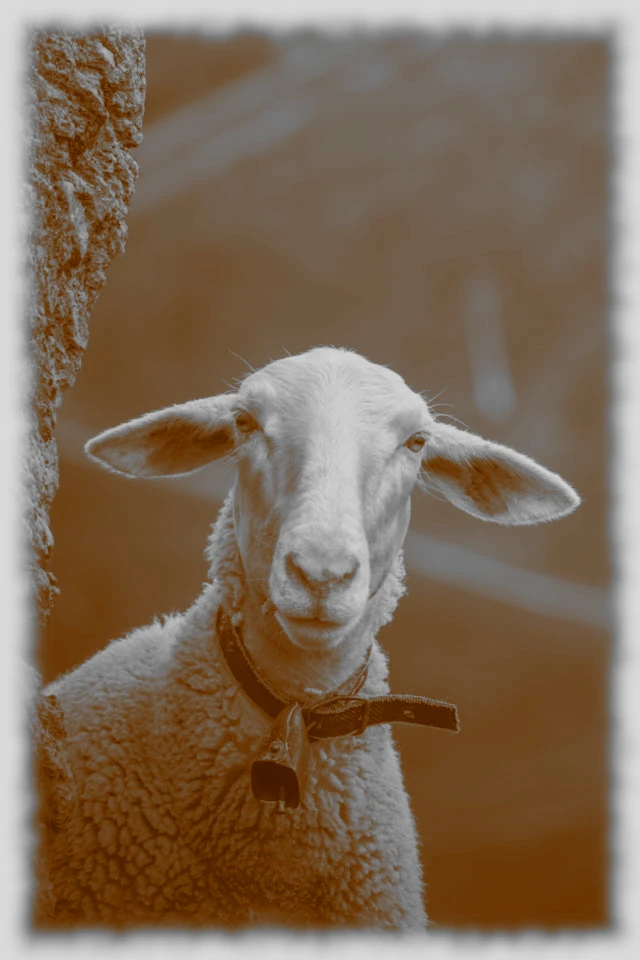
As the echoes of the scourge fall silent, the courtyard of Pilate’s Praetorium seethes with jeers and cruel laughter. The crowd surges forward, hungering for a glimpse of Jesus, now beaten and bloodied beyond recognition. The soldiers drag Him out, wrapping Him in a mocking purple robe and fashioning their twisted triumph: the crowning with thorns. Each thorn pierces His skin, drawing streams of blood, and with every sharp barb, it feels as though His mother’s heart is being pierced as well.
Mary stands at a distance, her face pale but resolute, her eyes unwaveringly locked on her son. By her side are Mary Magdalene, openly weeping, and the Apostle John, a steadying presence. Together, they form a solemn bastion of faith amid the tempest of ridicule and violence.
Though her soul is wracked with sorrow, Mary remains composed, her trembling hands clutching her veil not to conceal her anguish but to focus her spirit. Her mind swirls with the bittersweet memory of her son’s birth, the angel’s proclamation, and Simeon’s prophecy of a sword that would pierce her soul. Now, that prophecy has become a harrowing reality, yet Mary does not falter. Deep within, she clings to her trust in the divine plan, even as her heart cries out in anguish: My son, my beloved child, must this truly be Your path? And yet, with immense faith, she whispers to herself, Let it be done according to Your word.
As Jesus is roughly shoved forward, His eyes meet Mary’s. In that single, profound exchange, words are rendered unnecessary. She sees His unbearable pain, yet she also sees His boundless love—love for her, for His tormentors, and for all who will one day be redeemed through His sacrifice.
Mary’s instinct is to rush to Him, to hold Him as she did in His infancy, but instead, she holds her ground. She becomes a pillar of silent strength, her presence an offering to her son in His suffering. She is the Mother of Sorrows, but also the unwavering Mother of Hope.
In the faces of those who witness her quiet bravery, something begins to shift. Some members of the crowd, moved by her faith, begin to question their own complicity in this tragedy. Without uttering a word, Mary’s steadfast witness plants seeds of doubt and introspection—seeds that, in time, will bloom into understanding and repentance, long after the path to Calvary is walked.
One in the Crowd
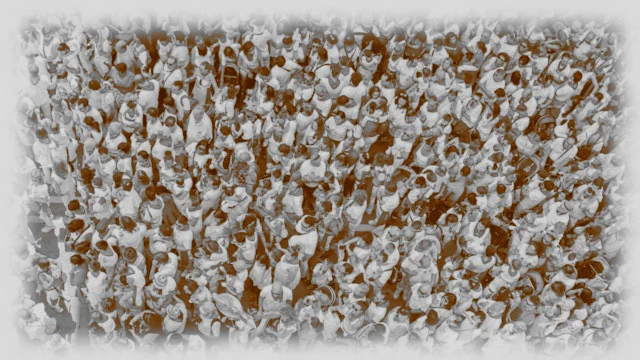
The crowd is a living thing, pressing and pulsing, its chants a deafening tide that drowns every rational thought. I am swept along, my body shoved forward by the crush of shoulders and elbows, my feet stumbling on the uneven stones of the courtyard. The jeers rise around me, and I hear myself shouting too, though the words catch in my throat. I don’t know why I’m here. Or maybe I do.
The man stands in the center, bloodied and bound, and my heart clenches as I recognize him—Jesus. The healer. My healer. Just weeks ago, I was a broken husk of a person, my body twisted in pain, my hope long extinguished. He changed all that with a word, a touch. His gaze had found mine in the crowd then, filled with compassion so fierce it undid me. And now, here He is, undone before my eyes.
The soldiers laugh as they force a crown of twisted thorns onto His head. I hear the sharp intake of His breath as the cruel spikes pierce His skin, blood trickling down His face in rivulets. They throw a tattered purple robe across His shoulders, a mockery of royalty, and press a reed into His hand like a scepter. “Hail, King of the Jews!” they shout, bowing before Him in exaggerated reverence. The crowd roars with laughter, and my stomach churns.
I want to move, to speak, to cry out that they are wrong—that this man is innocent, that He healed me, saved me. But my feet feel rooted to the ground, my voice lost in the sea of shouts around me. The mob’s fury presses against my chest like a weight, crushing the air from my lungs. I want to run, to disappear, but something keeps me here, frozen in place, watching.
When Pilate steps forward, the noise dulls for a moment. He raises his hands and says, “Behold the man!” His voice carries authority, but his face betrays his hesitation, his unease. He gestures to Jesus, as if daring the crowd to reconsider. But the crowd surges instead, their chants swelling once more: “Crucify Him! Crucify Him!”
My hands tremble. I want to scream that this isn’t justice, but no one would hear me. I clutch my chest, the memory of His healing touch still vivid—His hands steady and sure, His voice gentle yet commanding. How could this man, who restored my brokenness, now stand broken before me?
His eyes lift, and somehow, they find mine amidst the chaos. My breath catches. In that moment, everything else fades—the shouts, the soldiers, the stones beneath my feet. His gaze is steady, filled with sorrow but not despair. It’s the same look He gave me when I was at my lowest, a look of love so profound it feels like it could split the heavens.
Tears blur my vision. I want to fall to my knees, to cry out that I am unworthy of His love, that I don’t deserve the life He gave me. But He doesn’t look at me with condemnation—only love, as if even now, in His suffering, He would choose this for me.
The soldiers shove Him forward, and the moment is gone. The crowd closes in around me, and I am swept along again, my feet moving without thought. My world feels like it’s crumbling, the weight of guilt and sorrow too heavy to bear. And yet, as I follow the path to Golgotha, I cannot tear myself away. I don’t know why I stay, why I let myself be carried forward with the mob. Perhaps it’s because, though my heart is breaking, I know this is not the end. There is something in His gaze that tells me—this is only the beginning.





